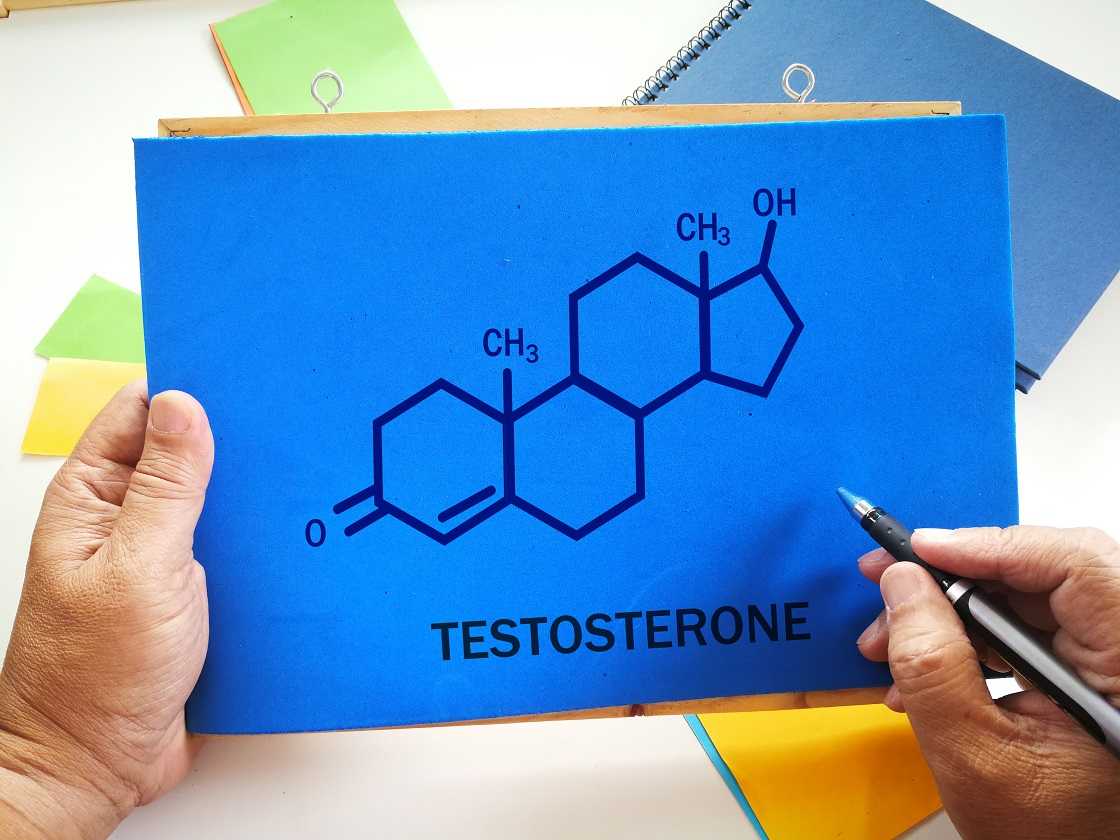Selective Androgen Receptor Modulators, commonly known as SARMs, are a class of compounds that act on androgen receptors in a selective manner, meaning they only target specific tissues and organs in the body, such as muscles and bones, while minimizing potential side effects in other tissues, such as the prostate and skin.
SARMs were initially developed in the 1990s as a potential treatment for conditions such as muscle wasting, osteoporosis, and hypogonadism. However, due to their anabolic properties, they have also been used by athletes and bodybuilders as performance-enhancing drugs.
How do SARMs work?
SARMs work by binding to androgen receptors in specific tissues, leading to an increase in muscle mass and bone density. Unlike anabolic steroids, SARMs have a higher selectivity for androgen receptors in muscles and bones, while having a lower affinity for androgen receptors in the prostate and skin, which are associated with the side effects of anabolic steroids.
The exact mechanism of action of SARMs is not fully understood, but they are believed to work by increasing protein synthesis and reducing protein breakdown in muscles, leading to an overall increase in muscle mass. SARMs may also stimulate bone formation by increasing osteoblast activity and reducing osteoclast activity.
What are the different types of SARMs?
There are several different types of SARMs, each with its own unique properties and potential benefits. Some of the most commonly used SARMs include:
- Ostarine (MK-2866): Ostarine is one of the most well-known SARMs and is commonly used for its muscle-building and fat-burning properties.
- Ligandrol (LGD-4033): Ligandrol is another popular SARM that is known for its anabolic properties, particularly in increasing muscle mass and strength.
- Andarine (S-4): Andarine is a SARM that is often used for its fat-burning properties, as well as its ability to increase muscle mass and strength.
- Cardarine (GW-501516): Cardarine is not technically a SARM, but it is often grouped with them due to its similar effects. It is commonly used for its endurance-enhancing properties and fat-burning effects.
What are the potential side effects of SARMs?
While SARMs are generally considered to be safer than anabolic steroids, they can still have potential side effects, particularly if taken at high doses or for prolonged periods of time. Some of the most common side effects of SARMs include:
- Testosterone suppression: SARMs can suppress natural testosterone production in the body, which can lead to a decrease in libido, erectile dysfunction, and other symptoms of low testosterone.
- Liver toxicity: Some SARMs have been associated with liver toxicity, particularly if taken at high doses.
- Cardiovascular effects: SARMs can also affect cardiovascular health, potentially leading to an increased risk of heart disease and stroke.
- Mood changes: Some users of SARMs have reported changes in mood, such as increased aggression or irritability.
It should be noted that the side effects of SARMs are largely dependent on the dose and duration of use, as well as individual factors such as age, gender, and overall health. More research is needed to fully understand the long-term effects of SARMs on human health.
How do SARMs differ from testosterone replacement therapy?
Testosterone replacement therapy (TRT) is a medical treatment used to address low testosterone levels in men. TRT involves the use of exogenous testosterone, either through TRT injections, gels, or patches.
It’s important to note that HRT Doctors Group does not provide SARM’s and our practice solely focuses on hormone replacement therapy and testosterone replacement therapy.
While both SARMs and TRT can be effective for muscle building, they each come with their own set of benefits and risks. To determine which option is right for you, it’s important to consult with a knowledgeable medical professional. Book your consultation at HRT Doctors clinic today and take the first step towards achieving your health and fitness goals.
